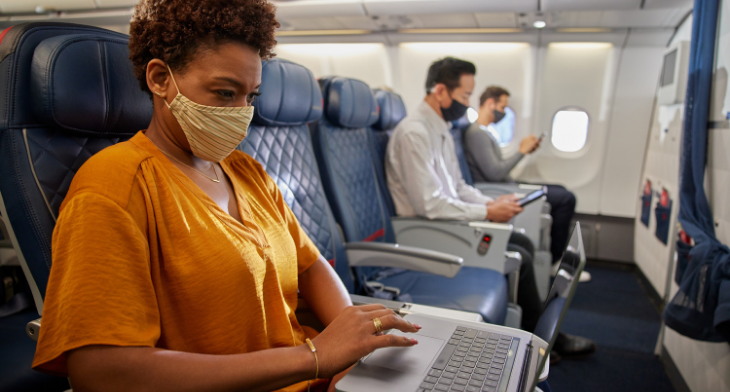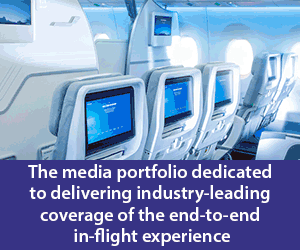
A study conducted jointly between the CDC and Kansas State University (KSU) has concluded that physical distancing of passengers, including through policies such as middle seat vacancy, could provide additional reductions in SARS-CoV-2 exposure risk.
The study used bacteriophage MS2 virus as a surrogate for airborne SARS-CoV-2 and modelled the relationship between SARS-CoV-2 exposure and aircraft seating proximity, including full occupancy and vacant middle seat occupancy scenarios.
Compared with exposures in full occupancy scenarios, relative exposure in vacant middle seat scenarios was reduced by 23% to 57% depending upon the modeling approach. A 23% exposure reduction was observed for a single passenger who was in the same row and two seats away from the SARS-COV-2 source, rather than in an adjacent middle seat. When quantifying exposure reduction to a full 120-passenger cabin rather than to a single person, exposure reductions ranging from 35.0% to 39.4% were predicted. A 57% exposure reduction was observed under the vacant middle seat condition in a scenario involving a three-row section that contained a mix of SARS-CoV-2 sources and other passengers. Based on this laboratory model, a vacant middle seat reduces risk for exposure to SARS-CoV-2 from nearby passengers. These data suggest that increasing physical distance between passengers and lowering passenger density could help reduce potential COVID-19 exposures during air travel.
However, the study does not account for the effects of passengers wearing masks on the aerosol dispersion behaviour.
It is also important to recognise that the current study addresses only exposure and not transmission.





